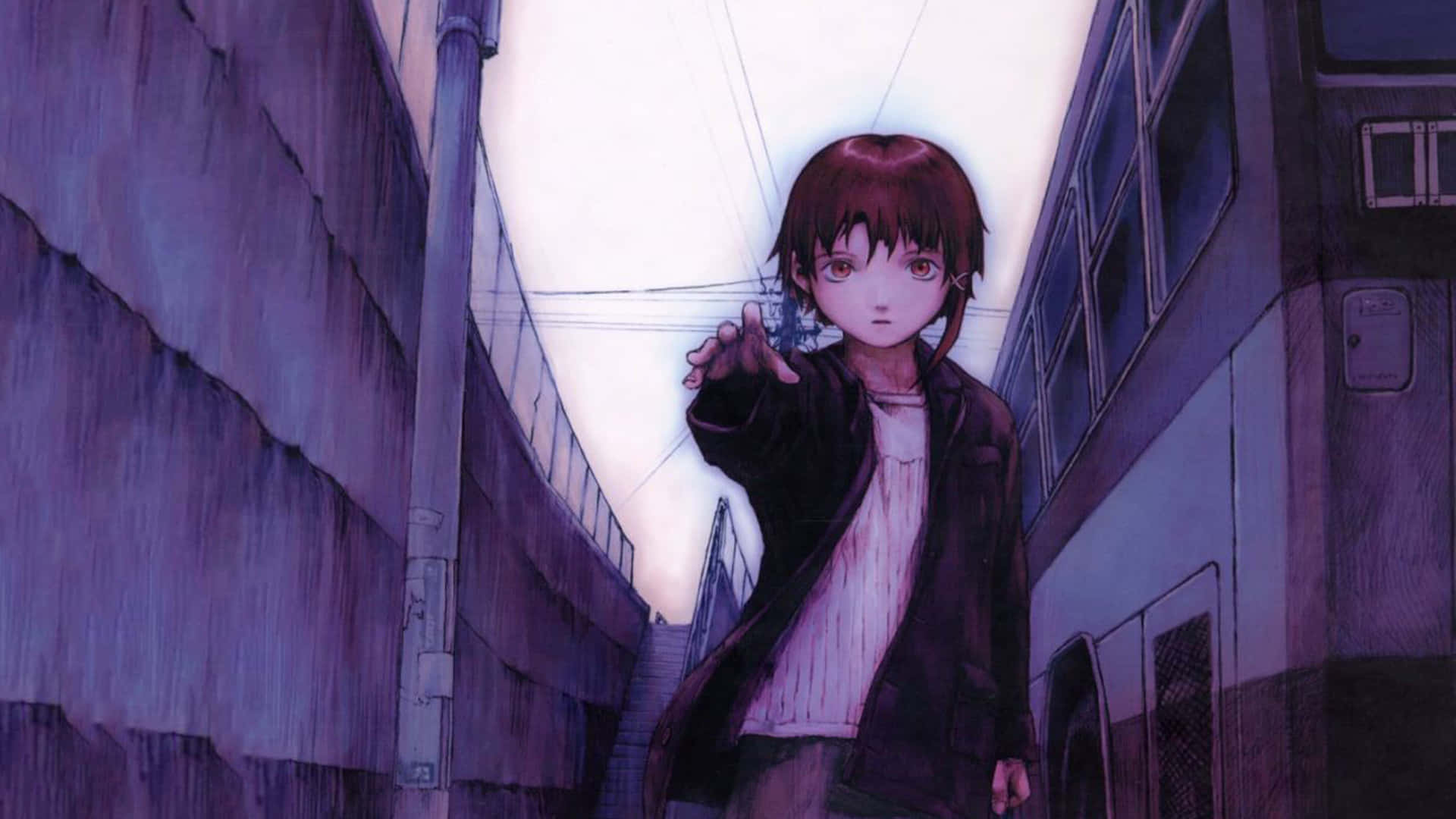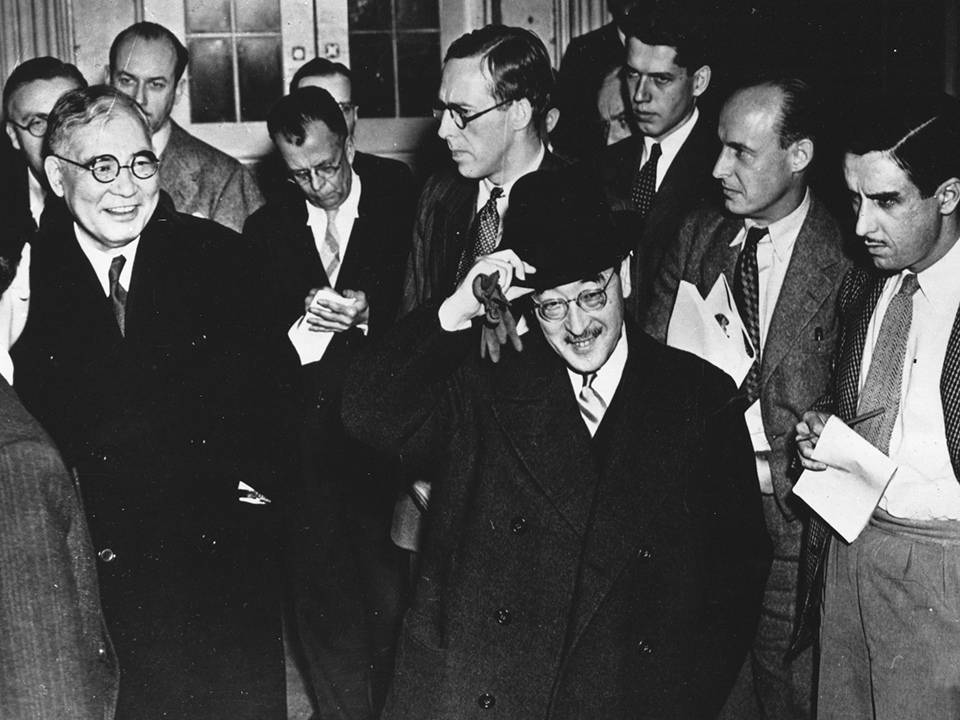Iwakura's Historical Significance In Japanese Diplomacy
Share

Introduction to Iwakura
Iwakura, a name that resonates deeply within the annals of Japanese history, is not merely a geographical location but a symbol of Japan's transformative journey in the realm of diplomacy. Situated in Kyoto Prefecture, Iwakura is often associated with the Iwakura Mission, a pivotal diplomatic endeavor during the Meiji Restoration. This mission marked Japan's first significant attempt to engage with Western powers, reflecting a desire to modernize and assert its presence on the global stage.
The Iwakura Mission: A Turning Point

The Iwakura Mission, which took place from 1871 to 1873, was a groundbreaking diplomatic mission led by prominent figures such as Iwakura Tomomi. The mission's primary objective was to negotiate treaties with Western nations and learn from their advancements in technology, governance, and culture. This was a time when Japan was transitioning from a feudal society to a modern nation-state, and the mission played a crucial role in shaping Japan's diplomatic strategies.
Key Objectives of the Mission
-
Negotiating Treaties: The mission aimed to revise unequal treaties imposed on Japan by Western powers. These treaties often favored foreign interests at the expense of Japan's sovereignty.
-
Cultural Exchange: Members of the mission sought to understand Western culture and technology, which they believed were essential for Japan's modernization.
-
Establishing Diplomatic Relations: The mission aimed to establish formal diplomatic ties with countries like the United States, France, and Britain, which were vital for Japan's international standing.
The Impact of the Iwakura Mission on Japanese Diplomacy

The Iwakura Mission had profound implications for Japan's diplomatic landscape. It not only facilitated the revision of unequal treaties but also laid the groundwork for Japan's emergence as a global power.
Revision of Treaties
One of the mission's most significant achievements was the successful negotiation of revised treaties with several Western nations. Although not all treaties were revised immediately, the mission set a precedent for future negotiations, ultimately leading to a more equitable international standing for Japan.
Modernization and Industrialization
The insights gained from the mission were instrumental in Japan's rapid modernization. The delegation studied various aspects of Western society, including education, industry, and military organization. This knowledge fueled Japan's industrial revolution, enabling it to compete with Western powers.
Strengthening National Identity
The mission also played a crucial role in fostering a sense of national identity among the Japanese people. As the delegation traveled abroad, they were struck by the advancements and organization of Western nations, which motivated them to unite in the pursuit of national strength and pride.
Key Figures in the Iwakura Mission
The success of the Iwakura Mission can be attributed to the vision and leadership of several key figures. Understanding their contributions provides a deeper insight into the mission's historical significance.
Iwakura Tomomi
Iwakura Tomomi, the mission's leader, was a statesman and reformer who played a pivotal role in the Meiji Restoration. His vision for a modern Japan was instrumental in shaping the mission's objectives and strategies.
Kido Takayoshi
Kido Takayoshi, another prominent member of the mission, was a key advocate for political reform. His insights into Western political systems influenced Japan's approach to governance and diplomacy.
Itō Hirobumi
Itō Hirobumi, a future Prime Minister of Japan, was also part of the mission. His experiences abroad helped him understand the importance of diplomacy in securing Japan's interests on the global stage.
Cultural Exchange and Learning
The Iwakura Mission was not solely focused on political and economic objectives; it also emphasized cultural exchange. The members of the mission were keen observers of Western customs, education, and social structures.
Educational Reforms
The delegation recognized the importance of education in fostering a modern society. Upon their return, they advocated for educational reforms that would incorporate Western knowledge and methodologies, leading to the establishment of new educational institutions across Japan.
Technological Advancements
The mission members were particularly impressed by Western technological innovations. Their observations led to the adoption of various technologies, including railways, telegraphs, and modern manufacturing processes, which significantly contributed to Japan's industrial growth.
The Legacy of the Iwakura Mission
The Iwakura Mission's legacy extends far beyond its immediate outcomes. It set the stage for Japan's emergence as a formidable player in international relations and established a framework for future diplomatic endeavors.
Japan's Rise as a Global Power
The insights gained from the mission allowed Japan to navigate the complexities of international diplomacy effectively. By the early 20th century, Japan had established itself as a major global power, participating in international treaties and organizations.
Continued Diplomatic Engagement
The principles of diplomacy established during the Iwakura Mission continue to influence Japan's foreign policy today. Japan's commitment to peaceful diplomacy and international cooperation can be traced back to the values promoted by the mission's leaders.
Visiting Iwakura Today
For travelers interested in exploring the historical significance of Iwakura, the area offers a rich tapestry of cultural and historical sites. Here are some key attractions to consider:
Iwakura Jinja Shrine
This shrine is dedicated to the spirits of the Iwakura Mission's leaders. Visitors can explore the serene grounds and learn about the shrine's historical significance.
Historical Museums
Several museums in the area showcase artifacts and exhibits related to the Meiji Restoration and the Iwakura Mission. These museums provide valuable insights into Japan's diplomatic history.
Scenic Nature Trails
Iwakura is surrounded by beautiful landscapes, making it an ideal destination for nature enthusiasts. Hiking trails offer stunning views of the surrounding mountains and valleys.
Best Time to Visit Iwakura
The best time to visit Iwakura is during the spring (March to May) and autumn (September to November) months. During these seasons, the weather is mild, and the natural beauty of the area is at its peak, with cherry blossoms in spring and vibrant foliage in autumn.
Weather Information
- Spring: Mild temperatures ranging from 10°C to 20°C (50°F to 68°F).
- Autumn: Pleasant temperatures between 15°C and 25°C (59°F to 77°F).
- Summer: Warm and humid, with temperatures reaching up to 30°C (86°F).
- Winter: Cold, with temperatures dropping to around 0°C (32°F).
Conclusion: A Journey Through Time
Iwakura stands as a testament to Japan's resilience and adaptability in the face of global challenges. The historical significance of the Iwakura Mission in shaping Japan's diplomatic landscape cannot be overstated. As you consider visiting this remarkable location, reflect on the profound impact that a single diplomatic mission can have on a nation's identity and future.
Whether you're exploring the serene landscapes, visiting historical sites, or simply soaking in the atmosphere, Iwakura offers a unique opportunity to connect with Japan's rich history. Don't miss the chance to experience this remarkable destination firsthand.
For those planning a trip, consider booking your accommodations and flights through the following links for a seamless travel experience:



